Building Codes and Regulations for Kenyan Properties
Did someone say 'building permit nightmare'? Well, Kenyan codes and regulations require all structures and construction projects to be built in accordance with their provisions, which is an essential part of planning and development to meet and support society's safety, health, and general welfare requirements.
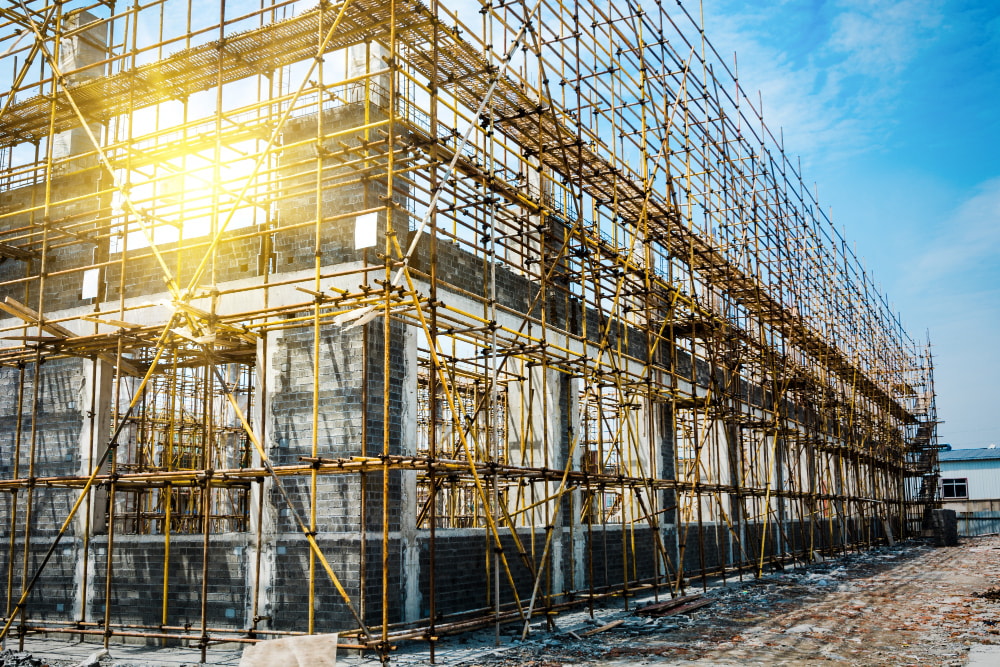
In Kenya, for instance, building codes should be adhered to to ensure that structures are rightly constructed and sustainable clients are used. Have you ever tried explaining Kenya's building codes subject to your grandmother? Apparently not, and if you have, I guarantee you it is a headache. This article will explore the role of codes, Kenya's building code history, criticism of the building codes, and the nature of offsite construction. Give or read this article to your grandmother, and thank me later!
Building codes serve several critical functions in the construction industry:
Safety and Structural Integrity: Code standards set provisions and provide a comprehensive framework for safe structures to avoid hazards, including structural and building collapses, fire outbreaks, and other risks to the occupants. Adherence to these codes guarantees the construction of structures that can effectively withstand natural disasters and concerns in different parts of Kenya, like earthquakes and floods.
Public Health: All codes concern health-related requirements and guidance for minimum sanitation, ventilation, and water supply standards. Good sanitation facilities and adequate waste disposal must be ensured because diseases hunt in clusters, and our cities are now ‘clusters,’ increasing the chances of them spreading quickly.
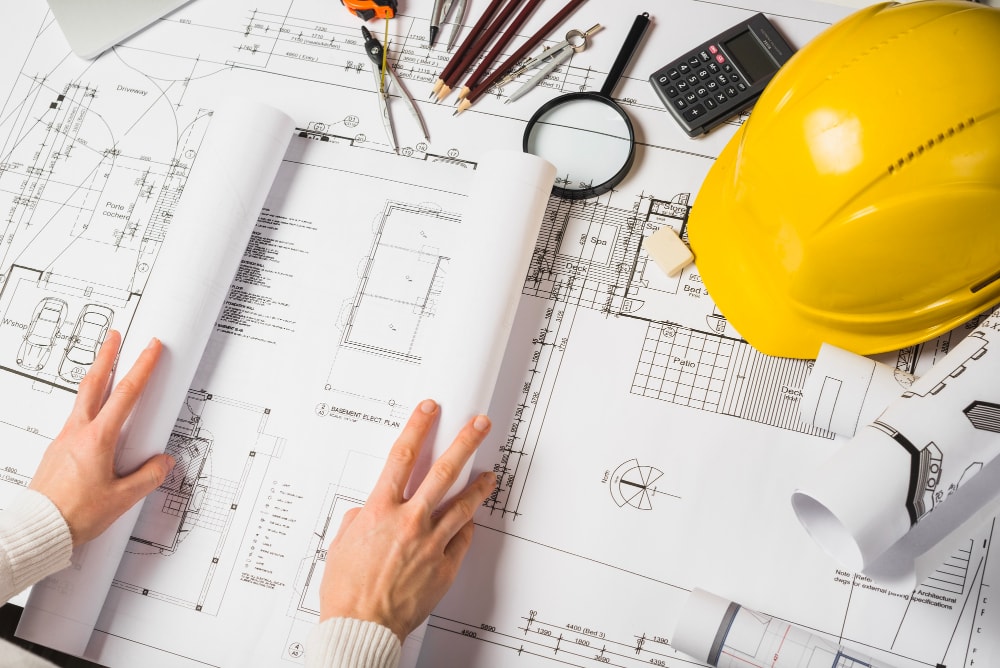
Environmental Sustainability: Recent construction laws which align with the global trends contain specifications for environmentally friendly characteristics, such as constructing green structures and employing energy-efficient features to enhance energy efficiency. Such measures assist in minimizing environmental marginalization and enhancing sustainable urban growth.
Economic Growth: A good building code enhances investors' faith in properties by guaranteeing their construction meets industry standards. Such assurances may help rely on real estate investments to boost economic development.
Legal Protection: Legal requirements in construction are regulations given by the building codes. They provide parties with ways of settling conflicts arising from construction practices between builders, property owners, and local authorities, thus promoting the welfare of all stakeholders.
The development of legal requirements for construction in Kenya dates back to colonial days when the British made laws on land use and construction.
The first sets of building regulations, formulated in 1968 by the Building Code of Kenya, led to the formulation of standards for the building industry in building construction across the country.
Since its inception, the building code has undergone several revisions to align with the evolving needs of society and address the challenges that arise in the construction industry. This adaptability is a crucial feature of the Kenyan building code's history, with significant milestones including:
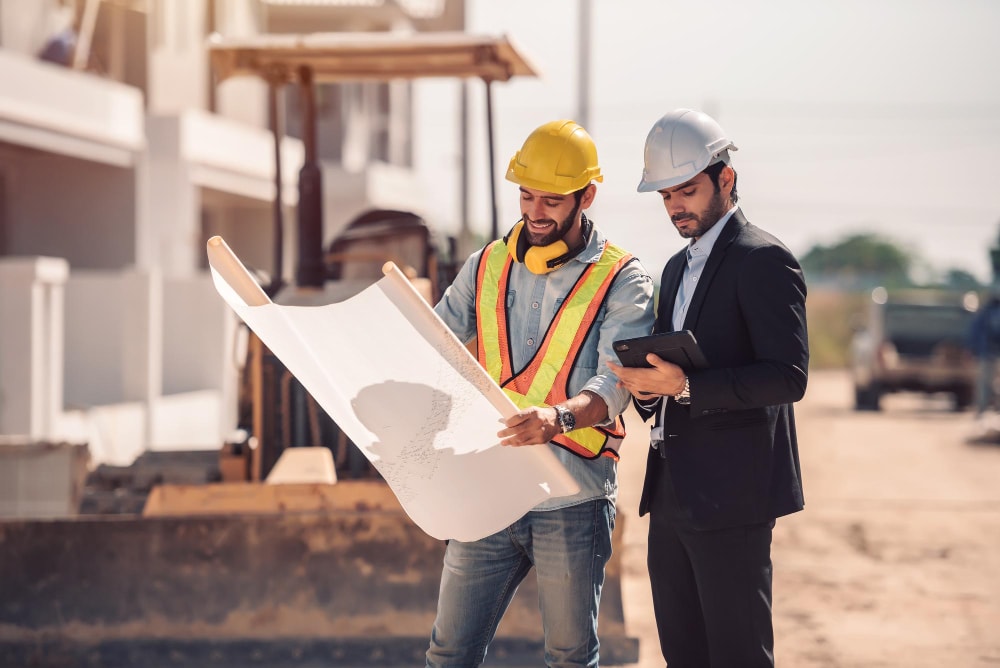
1977: The introduction of the National Building Regulations marked a significant step in standardizing construction practices in Kenya. These regulations provided particular specifications for materials, structural work, and construction techniques, thereby enhancing the quality and safety of building construction.
1997: Subsequent adaptations of the code included concerns about the disabled and safety concerns.
2007: New regulations and legislation was introduced to introduce rational planning of land use and the physical development of towns and control the relationship between building regulations and general planning controls.
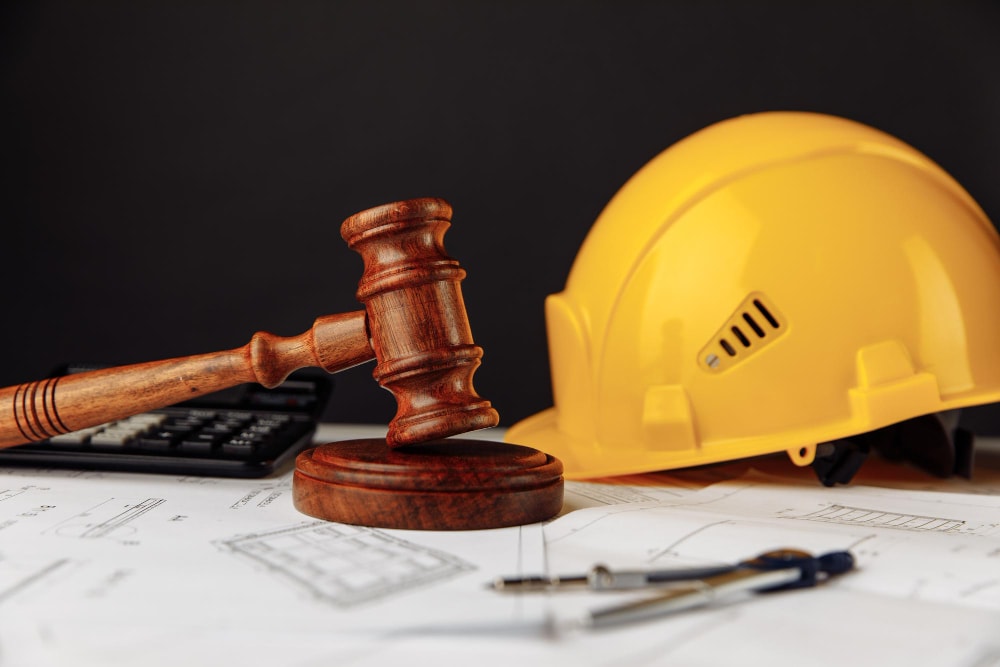
2015: The National Construction Authority (NCA) was established to supervise the construction industry and enforce standardized procedures and professionalism.
The building code is changing rapidly according to international practices and local requirements. New regulations and pressures for change include green construction, which considers ecological impacts and the elements of robustness to climate variations, which squares with the Kenya Vision 2030 development blueprint.
Despite its importance, the Kenyan building code faces several criticisms and challenges:
Inconsistency in Enforcement: This approach's first primary concern is the effectiveness of implementing building codes where most of the construction takes place. Since the national building code is categorized by region, large corporations and enterprises in several cities may pay close attention to restrictive rules and regulations.
They may do this at the expense of ignoring rural regions, which usually lack adequate capacity to monitor and enforce compliance. This disparity can easily result in poor-quality structures and enhanced construction risks.

Bureaucracy and Corruption: Permitting can sometimes be cumbersome because of all the formalities involved, leading to lengthy periods before developers and builders can start their work. This becomes very dangerous because corruption within a country's local authorities only weakens compliance and may lead to other officials and employees indulging in bribery to bypass such rules and, in the process, compromising safety and quality.
Lack of Awareness: Many builders, developers, and property owners have no clue about the codes in construction and their importance thus developing building plans that do not align with the building code and regulations. This knowledge gap may eventually cause them to violate or offer substandard structures.
Rigid Regulations: Critics argue that some of the building code's provisions are rigid and do not encourage architects, contractors, engineers, and designers to think differently. They call for a less rigid texture composition that supports a broad range of architectural styles and materials in a culturally historical nation.

Challenges with Modernization: The advancement in construction technology requires new regulations on how construction should be carried out, especially to meet new demands. Skeptics believe that the present code can fail to adapt to current construction trends and enhance the advancement of construction work.
Offsite construction refers to a modular or prefabrication construction concept that has not fully come into practice in the context of the Kenyan construction industry. However, it is modern and is a developing trend. This construction method entails fabricating most building parts within factory environments and then shipping them to the site to be joined together.
Key benefits of offsite construction include:
Speed and Efficiency: Off-site construction can significantly minimize the project's time since a specific part is fabricated during other preparatory stages. Most importantly, this efficiency is timely, given Kenya's housing shortage.

Cost-Effectiveness: Offsite construction offers significant cost savings compared to traditional building methods by saving time and reducing the need for extra labor and materials. This is particularly beneficial for developers aiming for high returns on their investments.
Quality Control: Factory-created environments give better control over the diversification process and guarantee that the constructions meet regulatory requirements before reaching the construction site. This can boost the safety and durability of buildings.
Sustainability: With its eco-friendly practices and energy-efficient designs, Offsite construction aligns with Kenya’s building codes and objectives of encouraging sustainable construction. This aspect of offsite construction benefits and inspires the industry's future.
Flexibility and Customization: Modular designs tend to be more flexible in that the various requirements of several projects can be easily incorporated into a single structural design plan.
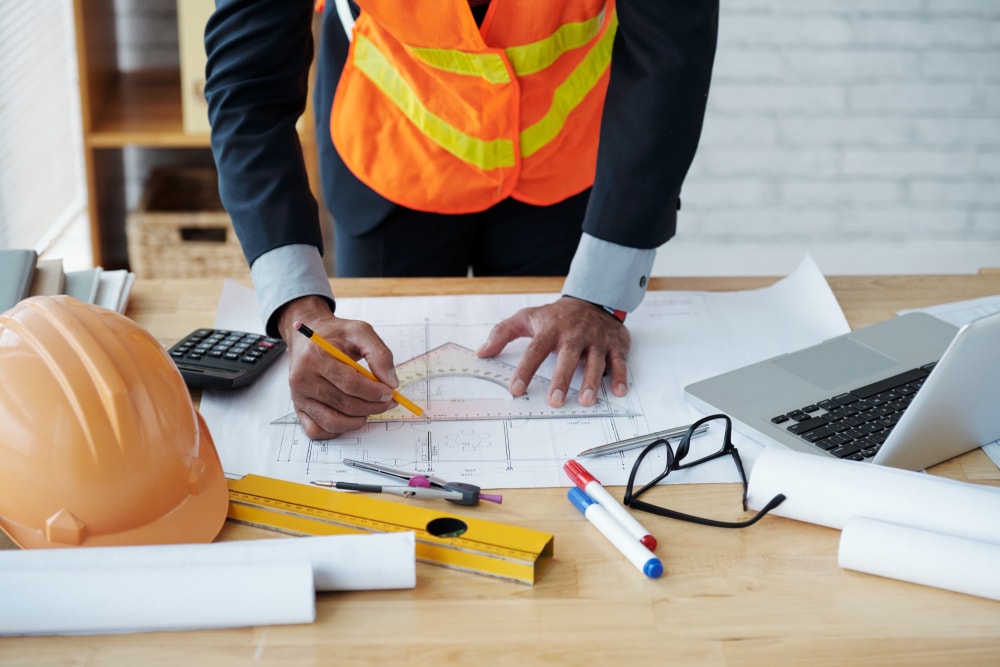
However, offsite construction in Kenya has faced some challenges, such as regulation and a lack of skilled human resources. However, with increased popularity, its effectiveness, especially in affordable housing projects, is likely to be realized.
In conclusion, understanding building standards and regulations confirms the safety and health of Kenya's construction and sustainable property.
However, issues of enforcement, public awareness, and ongoing reforms and innovations, such as offsite construction, show possible opportunities to enhance construction.
Developers, builders, and propertyowners must apply their knowledge of these codes to build strong, compliant, and lively communities now and especially in the future.
The cornerstone of construction regulations in Kenya is the Building Code of 2019, a comprehensive document that superseded its predecessors and addresses the evolving needs of modern construction.
Building construction in Kenya is regulated by various laws and agencies, with the National Construction Authority (NCA) being the primary entity ensuring compliance. As the enforcing agents, local county governments play a crucial role in administering permits, regulating safety and health standards, and preventing pollution.
The five most crucial building codes in Kenya typically include:
Building Regulation 2019 – General construction requirements.
National Environmental Management Authority (NEMA) regulations – Standards regarding environmental protection.
National Fire Safety Code - Fire safety standards
Public Health Act – These are the health-related construction standards.
Land use and zoning- Physical Planning Act.
The expected typical floor heights of units in Kenya are 2.7 – 3m per floor, with a minimum of 2.4m for the habitable rooms, similar to those in other parts of the globe. However, there are differences between particular designs and constructions of different buildings.
The National Building Code, 2022. https://nca.go.ke:81/media/The-National-Building-Code-2022.pdf
Tayal, R. (2023, February 20). What is building code and its importance?. Clicbrics. https://www.clicbrics.com/blog/importance-of-building-code-india
The National Building Code, 2022. https://nca.go.ke:81/media/The-National-Building-Code-2022.pdf
Muhoro & Gitonga Associates. (2024, September 26). The National Building Code 2024 in Kenya: A comprehensive guide. Muhoro and Gitonga. https://www.amgadvocates.com/post/the-kenya-national-building-code-2024
Oshodi, O., & Daniel, E. I. (2023, June). (PDF) exploring offsite construction for the construction sector: A literature review. https://www.researchgate.net/publication/371987457_EXPLORING_OFFSITE_CONSTRUCTION_FOR_THE_CONSTRUCTION_SECTOR_A_LITERATURE_REVIEW
6 benefits of off-site construction (Modular, prefabrication). Border States. (2024, May 1). https://solutions.borderstates.com/blog/benefits-of-off-site-construction/